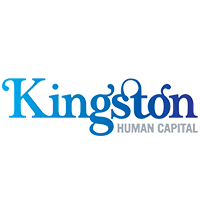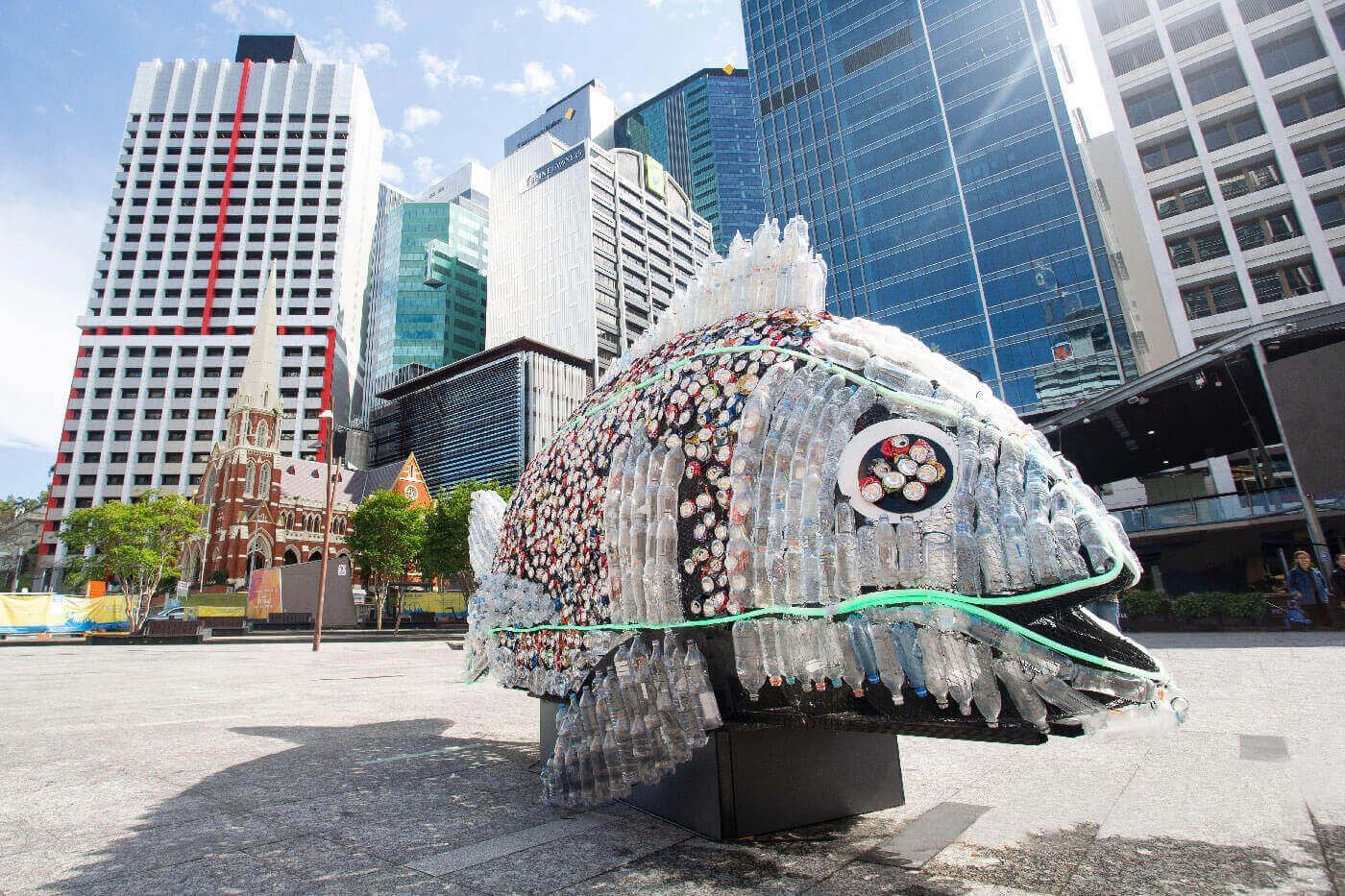The Bannister Effect: Using Your Recruitment And Hiring Process To Improve Productivity In Teams.
New Title
The Bannister Effect: Using your recruitment and hiring process to improve productivity in teams.
Greetings, fellow hiring managers! If you've ever found yourself in a talent strategy meeting, you're likely familiar with the whirlwind of buzzwords that get tossed around. But have you ever heard of "The Bannister Effect"? If not, strap in, because this concept is about to revolutionise your approach to team building.
Who the heck is Roger Bannister?
Our story begins with Roger Bannister, the first athlete to break the 4-minute mile, a feat previously considered impossible. He achieved this in 1954, running 1,600 metres in 3:59.4. The fascinating part? Once Bannister broke the record, it was only weeks before another athlete, John Landy, beat Bannister's record by more than a second. Since then, countless athletes have run a sub-4-minute mile.
The Bannister Effect: Breaking Barriers in the Workplace
The "Bannister Effect" refers to the mental shift that occurs when a significant barrier is broken, demonstrating to others that what was once thought to be unachievable is, in fact, possible. It's all about changing the way we think about challenges. Now, you might be wondering, "How does this help me build a high-performing team?" Well, let's dive into that.
The Bannister Effect in Hiring Strategies
Applying the Bannister Effect to your hiring strategy can help you improve productivity in your team. The process involves understanding your team's current performance, identifying the performance standards you need, and then hiring only those with the skill set that are above and beyond the benchmarks you need. Clear metrics or benchmarks are the secret to success here. Over time, this approach will improve the overall team productivity. Essentially your aim is to make every new hire a Robert Bannister, and this in turn encourages some of your team to become John Landys and lift their performance once what was originally thought to be difficult to achieve is proven to be possible.
A Step-by-Step Guide to Harnessing the Bannister Effect to Improve your Hiring and Recruitment Outcomes and Increase Productivity in Teams.
Identify your top performers: Start by identifying your best people. What do they do differently? What hard and soft skills do they exhibit? What tangible measures to they achieve. These top performers will give you an idea of the performance standards and metrics you're looking for.
- Understand what a top performer looks like: High performers are self-managed, have a growth mindset, hold themselves to high standards, are hungry for feedback, and are passionate about their work.
- Identify key metrics before you start your next hiring process: Take a moment to gather two to three measures or metrics are associated with high performance or productivity in your area. Be mindful about what you choose - not all metrics are of equal value.
- Find a way to identify the metrics you want in your hiring process: once you’ve got a handle on the metrics you are going to look for in your future hires, think about who you will test and measure for these in your hiring process.
- Translate these characteristics and metrics into your Job Description: Make your job description clear, goal-oriented, and attractive to high performers. Describe how the role fits into the bigger picture and describe what success looks like in this role.
- Choose your interview panel carefully: Involve your top performers in the interview process. They know what you need from a candidate. Remember, top performers hire top performers.
- Use your behavioural questions : Ask for multiple examples of a situation. Top performers can provide several examples and give you the details! And they can usually provide you strong metrics too.
A Real-World Example: The Bannister Effect in Action, Improving Team Productivity - A Kingston Human Capital Case Study
Let's look at an example where we helped a client with a large accounts payable team to improve their productivity by changing their hiring approach. Our client required more productivity per person in the accounts payable team. We were able to map this to a key metric of correctly processed invoices per person per day. We noticed that only 17% of the team were meeting that productivity metric. We considered the group in the 17% as our base line for performance.
We benchmarked things like their data entry speeds and accuracy, their process design, and their interruption rate. Once we understood the baseline of a productive team member in this team, we put together a hiring programme. Every time the client needed to make a new hire, we made sure we provided them with talent who were able to perform above these important benchmarks and metrics.
Over a period of two years, as natural attrition occurred and staff in the low or average performer categories moved on to other roles, we purposely replaced them with new hires who were better performers. Three things occurred by the end of the two-year period.
- 74% of the team were able to comfortably meet or exceed the productivity benchmarks.
- Overall output of the group increased by 24%
- Team engagement scores went up by 19%
The organisation experienced improved output for less headcount. But it's important to note that this isn't a perfect process. About 3% of the existing team resented the higher performance of the new staff. Interestingly, they belonged to the group with the lower levels of productivity and over time they left the business, leaving us with the opportunity to hire a replacement who would deliver more output for the same salary.
By applying the Bannister Effect to your hiring strategy, you can not only improve the productivity of your team but also create an environment that fosters growth, innovation, and excellence. So, why not give it a try? After all, most of the barriers that exist are the ones we create for ourselves.
Can our talent strategy team help you improve productivity and performance? Get in contact today.
Connect with our team on 07 3211 7719 or email talent@kingtstonumancapital.com.au








